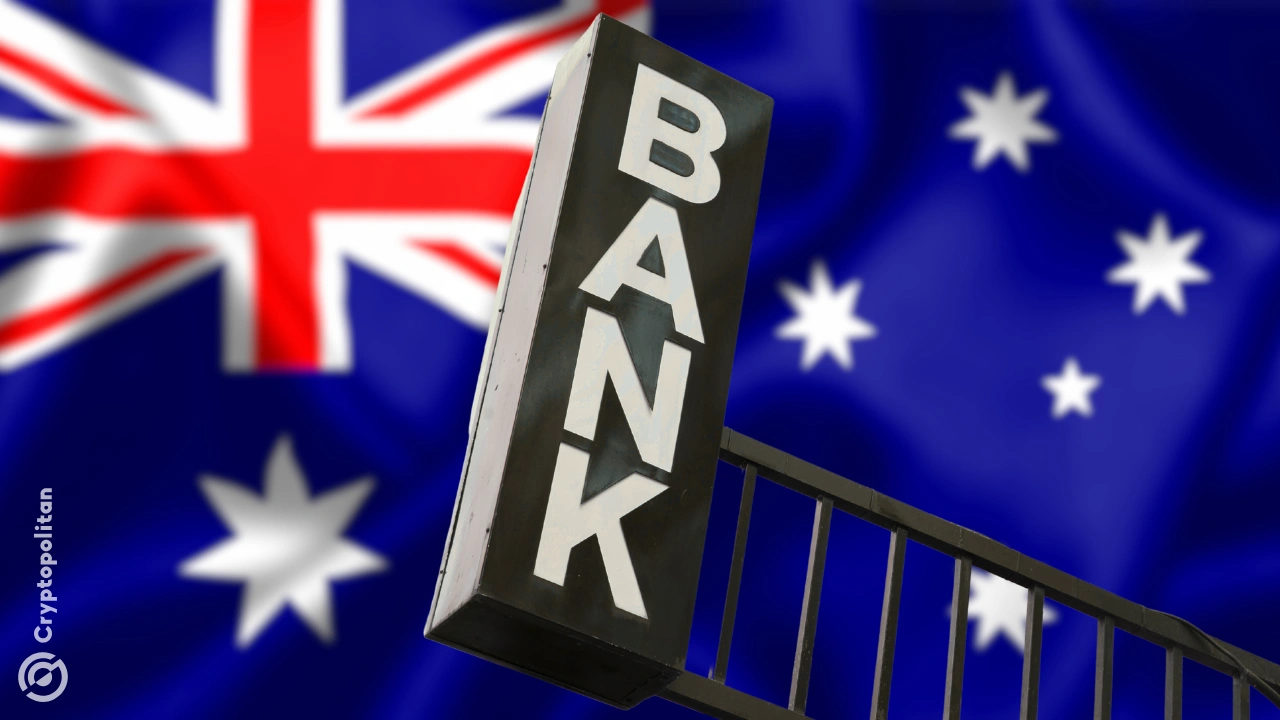Australia’s central bank has cautioned that persistently high inflation could delay or halt interest rate cuts, despite earlier signs of easing.
At the Citi Australia & New Zealand Investment Conference in Sydney on Wednesday, RBA Assistant Governor Sarah Hunter said inflation for July–September is likely stronger than expected, reinforcing market fears that the bank’s rate-cutting cycle could be paused for longer.
Reserve Bank of Australia staff are actively reviewing and analysing the latest economic trends as they prepare updated forecasts for the November Monetary Policy Statement (MPS), Assistant Governor Sarah Hunter said.
Hunter noted that as the RBA looked ahead, a variety of potential outcomes remained uncertain and that the bank’s approach would continue to be data-dependent.
She added that the RBA board would continue to monitor developments and make further adjustments to monetary policy as needed, reaffirming the central bank’s cautious stance as it assessed upcoming inflation data and economic indicators.
The RBA’s third-quarter inflation numbers, scheduled for release on Oct. 29, will be a crucial test of the central bank’s belief that inflation is heading back to target.
RBA warns inflation could prove tougher to tame
Hunter’s remarks follow upside surprises in recent monthly inflation readings for July and August, which indicate that price pressures across services and housing have remained heightened. The RBA, which has cut the cash rate three times already this year to 3.6%, held steady last month, citing the need for more data.
Hunter said the RBA aimed to keep inflation, on average across the cycle, around the 2.5% midpoint of the target band in underlying terms. However, she cautioned that persistent inflation, especially in labour-intensive sectors, could delay the target return.
Asked about the RBA’s projected neutral rate (the level that doesn’t slow growth), Hunter didn’t offer a specific figure and said it was “a range rather than a point number.”
The quarterly CPI will be a key driver for when the next policy shift will come, economists say. Markets are now split: while some participants continue to anticipate a cut at the RBA’s Nov. 3-4 meeting, others regard the decision as too close to call. Traders have also revised down expectations of aggressive easing by early 2026.
Economic resilience complicates easing plans
Recent data indicate that household spending is holding up better than forecast, supported by more jobs and a rebound in the housing market. The labor market, meanwhile, is tight: Unemployment remains close to 4%. These developments are adding to the arguments for rate stability in an effort to avoid rekindling inflation.
The RBA has repeatedly stated that it aims to ensure inflation remains sustainable within its 2-3% target band before cutting rates again. Services inflation in particular has been stubborn, with higher costs of wages and strong demand for goods from sectors such as health, education, and hospitality, the central bank added.
In her speech titled “Why Productivity Matters for Central Bankers,” Hunter addressed a deeper structural challenge: sluggish productivity growth. She said Australia’s medium-term productivity outlook had been revised down, with trend growth now expected at 0.7%, compared with 1% previously.
That shift implies Australia’s so-called potential growth rate, which is the speed at which it can grow without inflation spiking, is to be a shade lower at 2% a year rather than 2.25%. Hunter said some of the deceleration could be attributed to growth in the care economy, softer mining output, and underinvestment in technology.
Hunter conceded that the RBA’s updated assumption for productivity growth might still be too high. She added that, conversely, rapid advances in technologies such as artificial intelligence could develop faster than expected and deliver stronger productivity gains.
The lagging productivity trend presents a dilemma for policymakers. Slower productivity implies that any given level of demand would generate more inflation, so the RBA has less comfort in stimulating the economy through rate cuts.
Get seen where it counts. Advertise in Cryptopolitan Research and reach crypto’s sharpest investors and builders.
This articles is written by : Nermeen Nabil Khear Abdelmalak
All rights reserved to : USAGOLDMIES . www.usagoldmines.com
You can Enjoy surfing our website categories and read more content in many fields you may like .
Why USAGoldMines ?
USAGoldMines is a comprehensive website offering the latest in financial, crypto, and technical news. With specialized sections for each category, it provides readers with up-to-date market insights, investment trends, and technological advancements, making it a valuable resource for investors and enthusiasts in the fast-paced financial world.
